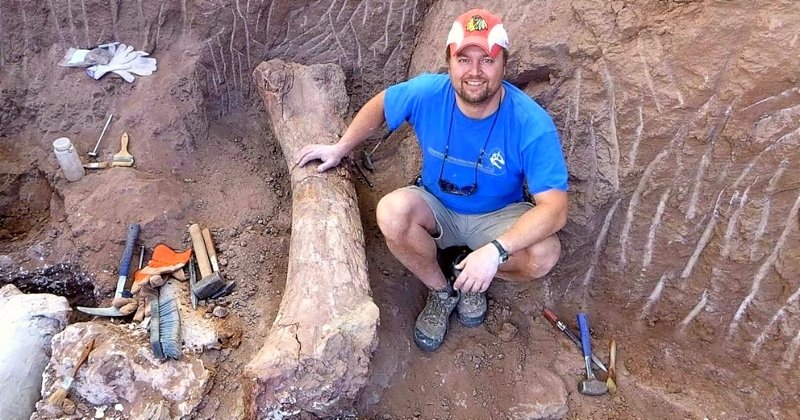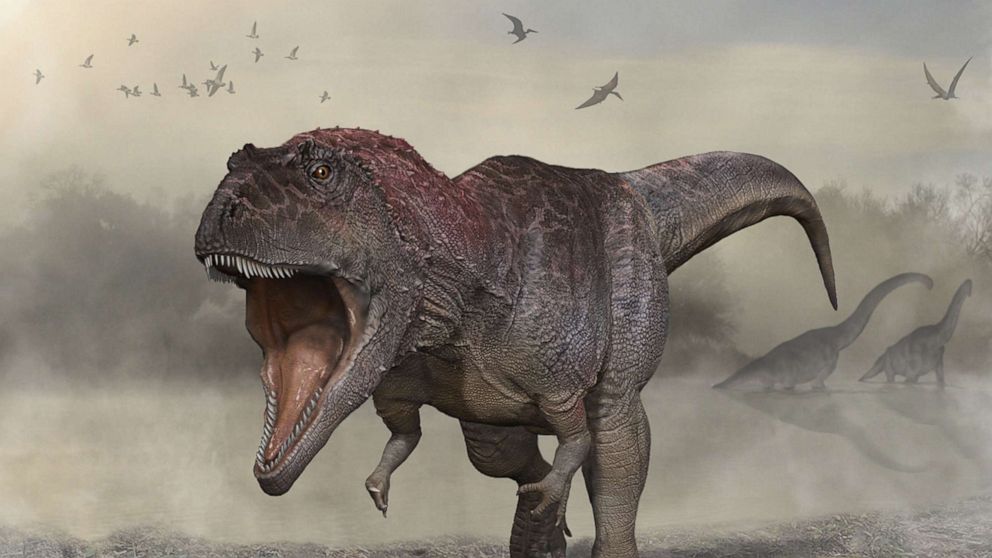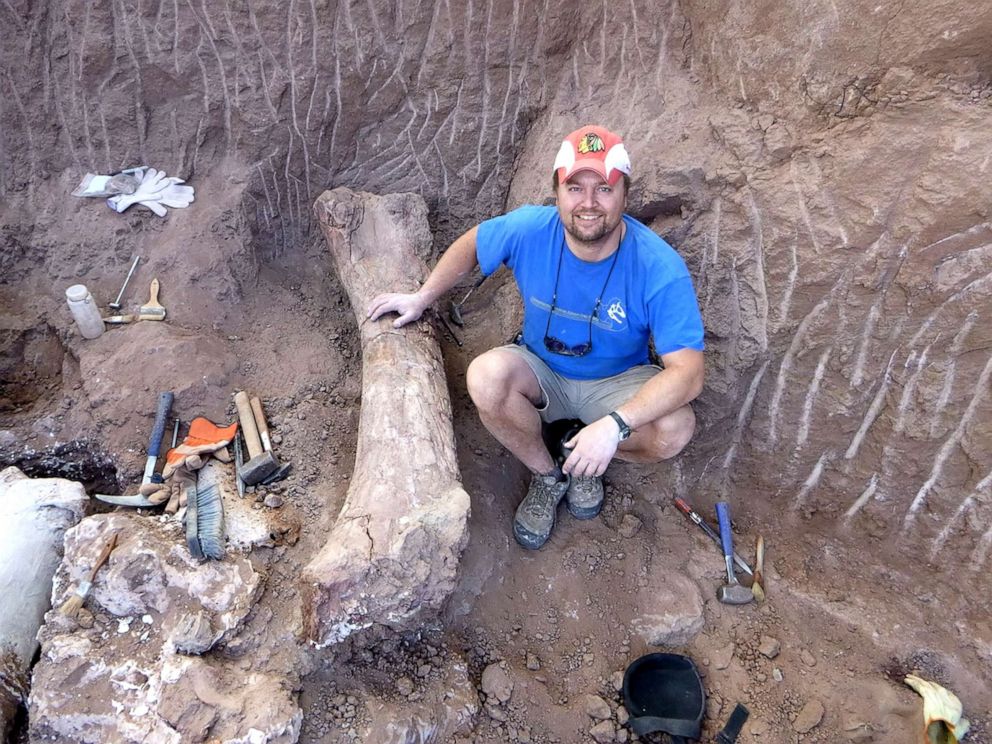
A new species of giant carnivorous dinosaur has been discovered in Argentina
Paleontologists discovered a new species of dinosaur Thursday, naming the giant carnivorous species “Meraxes gigas.” The latter is similar to Tyrannosaurus Rex, with a large head and small arms.

see also
According to the results of researchers, whose analyzes were published in the journal Current Biology, the small forelimbs of creatures are not accidental, but give predators of that time certain advantages for survival. The findings come after a four-year research period, when paleontologists conducted field expeditions including northern Patagonia, Argentina, beginning with the discovery of a skull found in 2012.
The species name, Meraxes gigas, refers to a dragon from the “Song of Ice and Fire” book series that inspired the popular TV series “Game of Thrones”. In their reports, the researchers said that the remains of Mirax indicate that the dinosaur died at the age of 45 and weighed about four tons (the length of the species could reach 11 meters). They believe that the dinosaur lived between 90 and 100 million years ago in what is now known asArgentina.
According to the researchers, the new species is the most complete carcharodontosaurid species in the Southern Hemisphere, and it reflects the peak of this family’s diversity, just before its extinction. The term carcharodontosaurid refers to a group of carnivorous theropod dinosaur species. The anatomy of this group is determined, along with that of Tyrannosaurus Rex, Abelisaurid, and other giant carnivorous dinosaurs, by its relatively large and small skulls and feet.

Until this discovery, this type of anatomy was still not well understood. But Meraxes gigas might be putting together some pieces of the puzzle that might just be a game-changer. Indeed, skeletal discoveries in Argentina yielded groundbreaking anatomical information, incorporating an almost complete introduction that allowed researchers to understand ‘A remarkable degree of parallelism’ Among the dinosaurs and carcharodontosaurids.
The results also gave the researchers a better understanding of the skulls of these species. The results add that the discovery of the Meraxes skeleton appears “that carcharodontosaurids reached peak diversity shortly before their extinction, with high rates of trait evolution in facial ornamentation, which is likely related to the role of social cues”.
 Credit: MapsofWorld
Credit: MapsofWorld
Understand the evolution of dinosaurs
The short forearms are now understood to indicate their presence, the scientists told Reuters dinosaurs They relied on their skulls to attack their prey. “Despite its robust appearance, it is hard to imagine that it was used so much because it barely protrudes outside the body and cannot reach the huge mouth” Pete Makovsky, a University of Minnesota paleontologist and co-author of the study, told Reuters. Instead, researchers believe the forearms were primarily used for mating activities.
Fabulous, isn’t it?

“Incurable web evangelist. Hipster-friendly gamer. Award-winning entrepreneur. Falls down a lot.”
